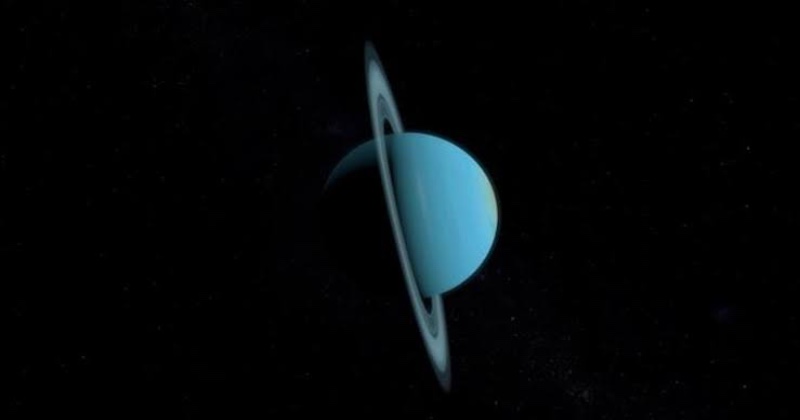
Astronomers have reached a significant milestone in their solar system exploration efforts. They have successfully captured the previously elusive infrared auroras of Uranus using data archived from the massive Keck II telescope, situated atop Mauna Kea in Hawaii. The findings of this groundbreaking discovery have been published in the Nature Astronomy journal. This achievement marks a notable advancement in our comprehension of Uranus, the distant ice giant located approximately 2.79 billion years away from Earth.
What makes this discovery particularly remarkable is that, for the very first time, astronomers have identified infrared auroras on Uranus. This breakthrough sheds light on the intriguing celestial processes taking place on this remote ice giant. Similar to Earth, these auroras on Uranus originate from the interaction between charged particles from the solar wind and the planet’s magnetic field. These particles are channeled along magnetic field lines, ultimately reaching the planet’s magnetic poles. Once they enter Uranus’s atmosphere, these charged particles collide with atmospheric molecules, inducing these molecules to emit light.
In essence, astronomers have unveiled a previously hidden aspect of Uranus, offering valuable insights into the mechanisms that drive these celestial phenomena and deepening our understanding of this distant and enigmatic planet.

Post Your Comments